PulsaCoil BP Common Faults
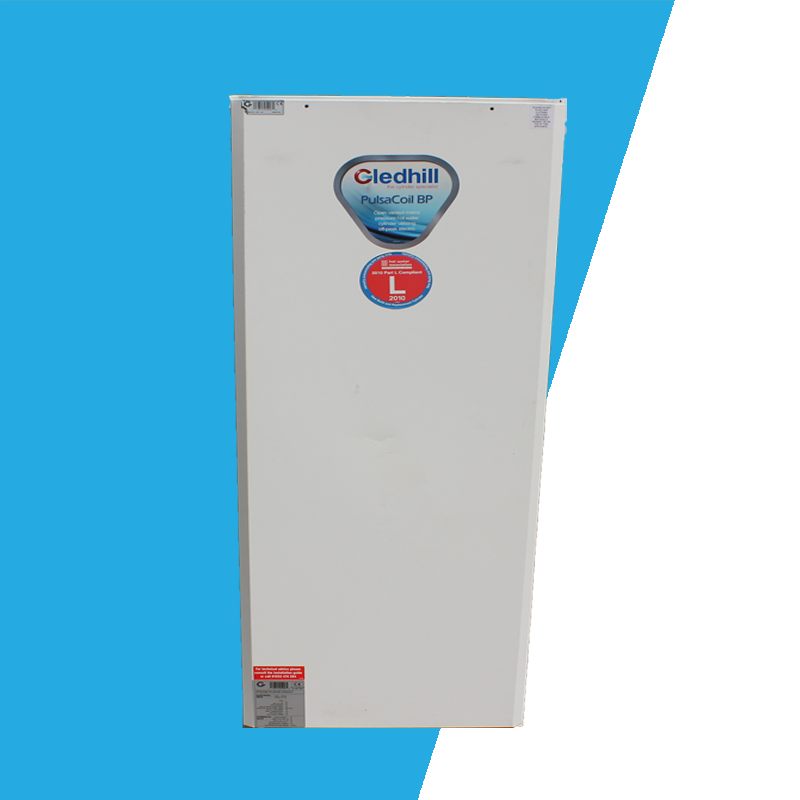
Quick links
PulsaCoil BP Common Faults
Like the PulsaCoil PCR, the inside workings of PulsaCoil BP have gone back to basics, all the electronic circuitry has been removed, It now operates in the same way as the original Pulsacoil with only two Immersion elements and a simple mechanical blending valve, very little that can go wrong! The store is heated via the bottom Immersion, usually overnight on an economy tariff. A top Immersion is supplied as a backup or as a boost facility that can be operated during the day.
If you have a Pulsacoil BP and it is not producing any or only very little hot water then it could be likely that there is a fault with the Immersions heaters. If the temperature fluctuates or the pressure is reduced then it is could be that the blending valve is clogged with limescale or damaged.
PulsaCoil BP Common Faults
As this is a simple system with no electronics, here are the list of common faults on the PulsaCoil BP:
The header tank for PulsaCoil BP is located on top. A float valve may be connected to the main water supply to fill it. (When there is NO mains connection, there is typically a tap on the wall nearby that the user can use to manually fill the container.) As there is no float valve to top it off, the user must occasionally manually add water to the thermal store as it is continuously lost through evaporation and/or leaks.
A PulsaCoil BP will ultimately become inoperable due to low water levels in the header tank, once the tank is empty, the water level inside the thermal store will also deplete. Hot water performance will be impacted once the heat exchanger coil is no longer completely submerged in the thermal store water. The best solution is to check the header tank water level and fill it to the waterline embossed into the cistern’s wall.
Excellent service – based on 908 reviews




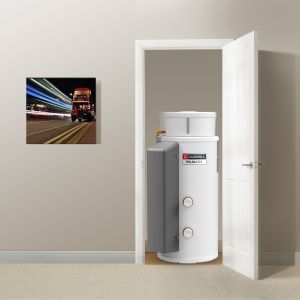

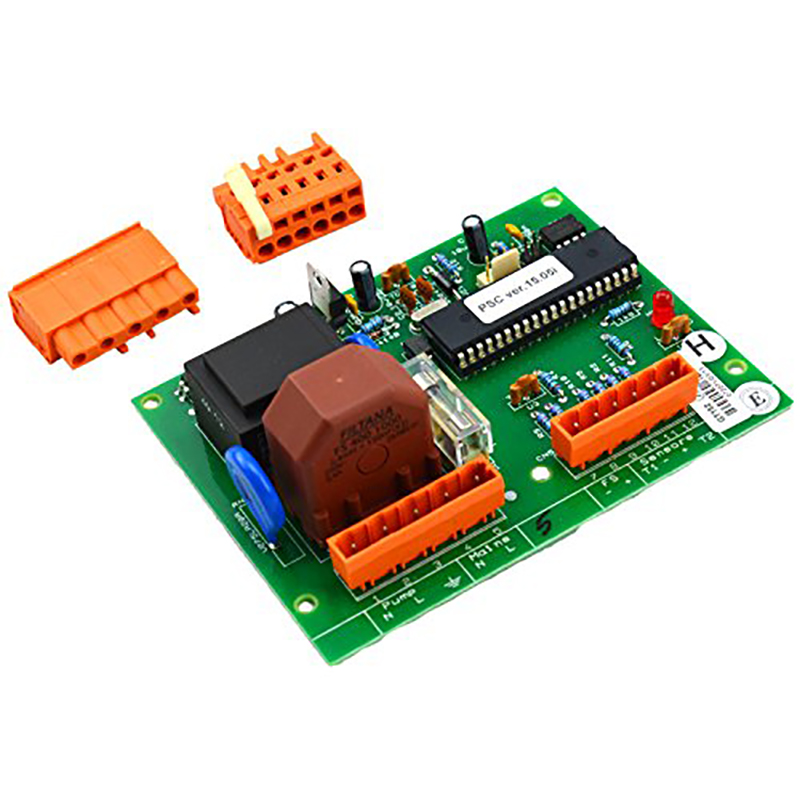

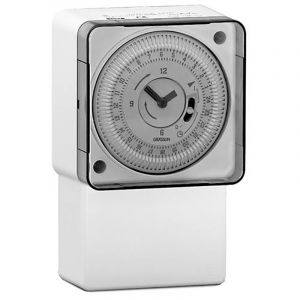
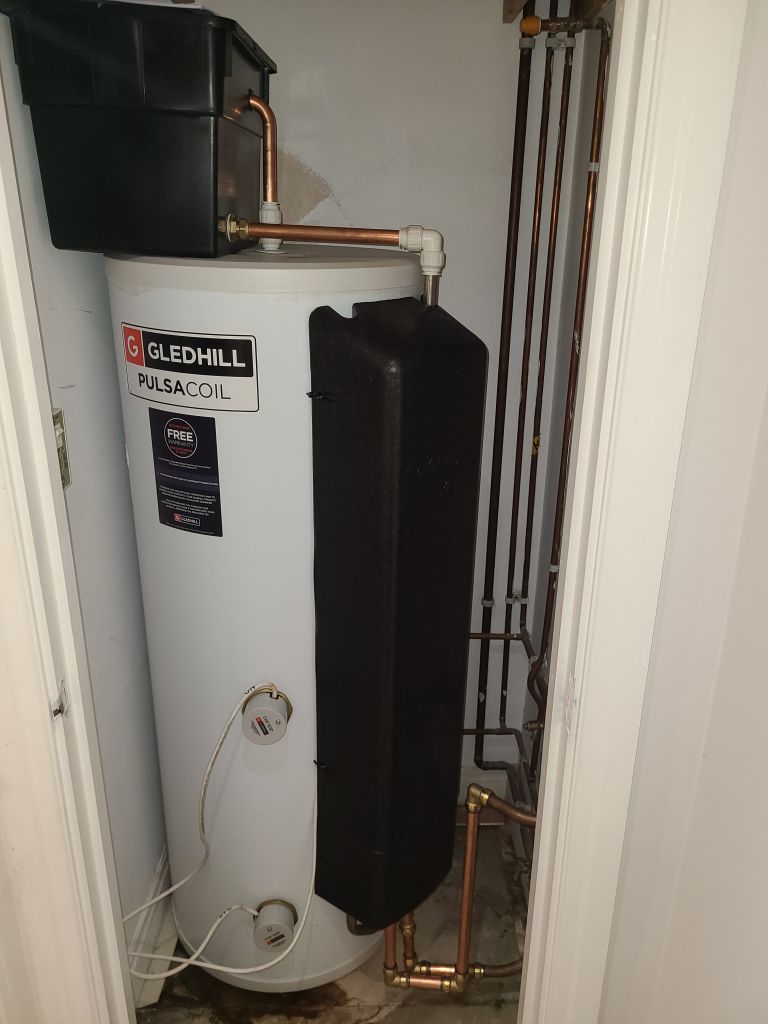


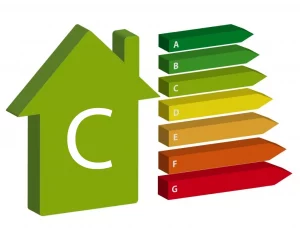
 (630)
(630) (1057)
(1057)